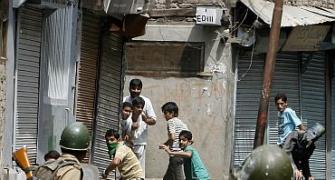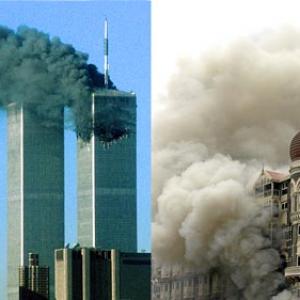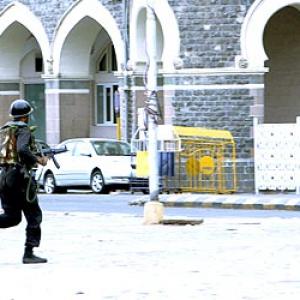Anti-Terrorism Historical Vignette that has on its list the 2004 Madrid train bombings, and the 1993 World Trade Center bombing, has used the 26/11 attack to explain how to deal with an "active shooter" scenario.
"By pulsing from target to target and by leaving IEDs in taxis, the group was able to increase confusion and minimise response effectiveness," said the note on the Mumbai attack of November 2008, when 10 Lashkar-e-Tayiba men went on rampage in the city, killing 166 people.
The Mumbai attack scenario is often referred to as an "active shooter" tactic, says the Pentagon document in its notes for commanders. An active shooter is defined as an armed person who uses deadly force on other persons and continues to do so when having unrestricted access to additional victims.
"Given the advance capabilities of some terrorist groups, one cannot expect sufficient time to organise response forces after an attack has begun. Rather, security forces must be trained and resourced to response to a broad spectrum of threat tactics," said the document.
Noting that with support from pre-positioned caches of ammunition and food, the terrorist group was able to sustain their assault and hostage taking operation, the Pentagon document said. Among the key lessons from the Mumbai attack is that terrorists are becoming more sophisticated in their methods and tactics and there was need to be prepared for sustained, dismounted assaults.
"Mass notification and warning may allow time to establish defensive measures. Response operations must be effectively coordinated and support by near real-time intelligence," it said.
In its notes for commanders, the vignette said dismounted assaults are often beyond the response capabilities of local security and law enforcement. "Incident response operations require sophisticated coordination, real time intelligence and effective command and control," it said.
In an apparent reference to the extensive media coverage of 26/11, it recommended its commanders to plan to manage sensitive information within a 24-hour media cycle.
"The ten attackers, members of Lashkar-e-Tayiba (a Pakistan-based terrorist group), entered the coastal city from the city by first hijacking a fishing trawler (killing the crew) and later transferring to small boats to minimise their deployment signature," it said.
"Once ashore, the group divided into four assault teams. The terrorists were equipped with detailed maps and image of the targets. The team conducted sequential attacks against a railway station, cinema, restaurant, residential complex, Jewish Center, hospital, and multiple hotels and taxis. The attackers made deliberate attempts to identify and kill westerners," it said.
The vignette includes the February 25, 2007 suicide bombing in Iraq, the 2001 anthrax attacks in the US, the 2007 Fort Dix attack, the 1995 Tokyo subway sarin attack, among others.










